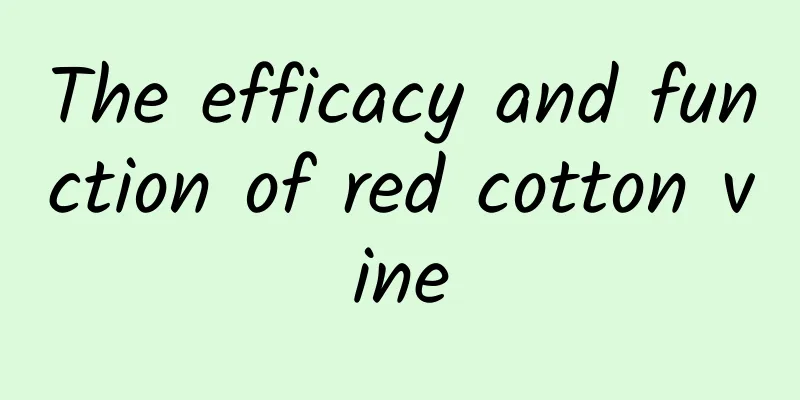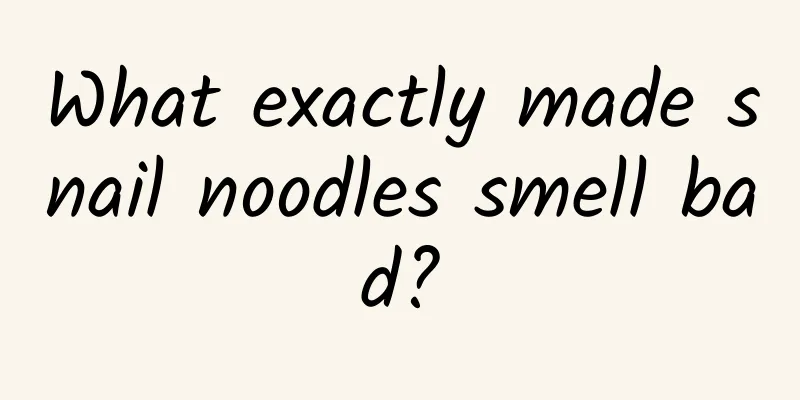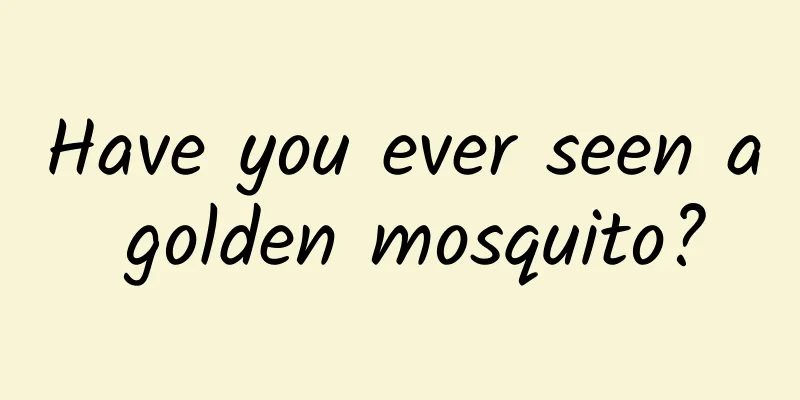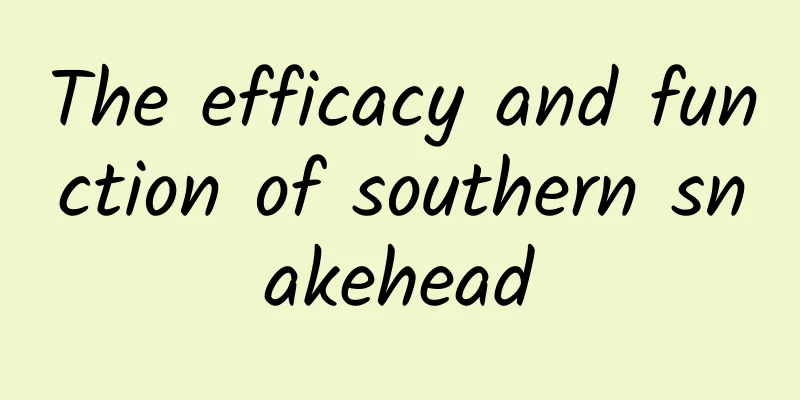These cute animals are actually the masterminds behind grassland desertification?
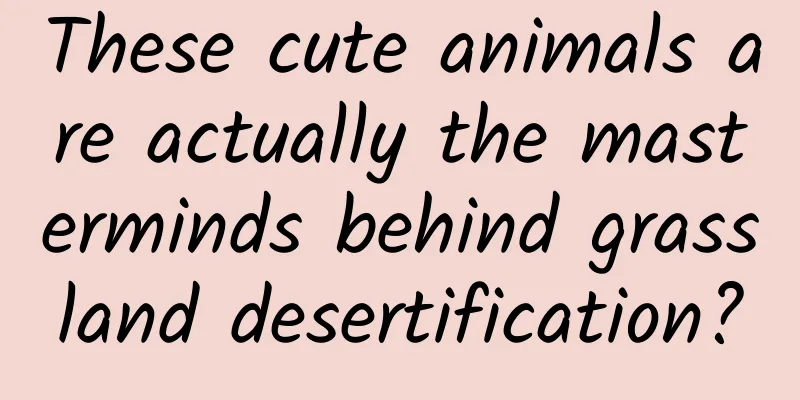
|
Regarding grassland desertification and insect and rodent pests, we often notice such a phenomenon, that is, insect and rodent pests on desertified grasslands seem to be rampant and very serious. In fact, there is a mutually reinforcing relationship between grassland desertification and the rampant pests and rodents. Grassland desertification aggravates the spread and rampant pests and rodents, and the rampant pests and rodents in turn accelerate grassland desertification. If there is no human regulation and interference, the two will continue to intensify in this vicious cycle until the grassland becomes a barren wasteland. So, how did this vicious cycle come about? Pika on the grassland. Copyright image. Reproduction may cause copyright disputes. 01 The increasing number of rodents Accelerating grassland degradation The increase in the number of rodents has exacerbated grassland degradation. According to statistics, between 1978 and 1999, the average annual rodent-infested area in 11 provinces and autonomous regions in northern my country was nearly 20 million square hectares. The losses caused by such large-scale rodent infestation are often huge. First, the rampant rat population will consume huge grassland resources. Taking Hulunbuir grassland as an example, the most widely distributed rodents here include Brandt's vole, Daurian ground squirrel, long-clawed gerbil and Northeast zokor. Brandt's voles mostly live in grassland areas with degraded vegetation. They are a northern grassland mouse species with strong burrowing ability and have a great impact on grazing. The Daurian ground mouse is also known as the big-eyed thief and the grassland ground mouse. It lives mostly in fixed sand dunes or low grass and wormwood meadows, and prefers animal pens and places where livestock are grazing in large quantities. Long-clawed gerbils mostly live in dry grasslands or desert grasslands and feed on plant seeds and green parts. The Northeast zokor is afraid of wind and light by nature. It is a typical low-living mouse species, mainly living in alpine meadows, plateau farmlands and barren slopes. The harm these rodents cause to the grassland is manifested in the fact that they eat a large amount of grass, destroy the grass root system, inhibit the growth of grass, and in severe cases cause the death of a large number of grass. Groundhog. Copyrighted image from the gallery. Reproduction may lead to copyright disputes. Secondly, the proliferation of rodents will also destroy the normal ecology of the grassland. Digging holes and living in burrows are the natural habits of rodents. A large number of rodents dig holes, dig up grass roots, and eat grass roots on the grassland, causing large areas of pasture grass to die. In this process, the rodents will push the excavated soil out of the hole, thus forming many holes and mounds, which eventually lead to the oppression of the grassland, the gradual death of pasture grass, and the formation of secondary bare land. 02 Repeating the Same Grassland degradation exacerbates rodent infestation On the one hand, the continuously increasing number of rodents has accelerated the degradation of grasslands; on the other hand, grassland degradation and desertification have provided opportunities for the growth of rodent pests. As grasslands degrade, soils gradually become desertified, salinized, and salt-stained, and are no longer suitable for the growth of grass. However, some plants other than grass have undergone multiple natural selections over a long evolutionary history and have developed their own protective mechanisms (such as growing thorns, emitting unpleasant odors, and secreting toxic substances to prevent surrounding animals from eating them). Compared with grass, these plants are more likely to survive. At the same time, on the desertified land, without the competition of natural grass for sunlight and water, these weedy plants grow faster. Over time, the good grass gradually disappears from the community, while the weeds become more and more luxuriant, and even become the main body of the grass community. Desertification grassland ecological environment. Copyright image. Reprinting and using may cause copyright disputes. At this point, the lush grasslands turned into deserts and semi-desert grasslands with holes everywhere and only weeds growing. This land condition not only provided natural caves for rats to protect, but also reduced the number of competitors for rats on this land because it was not conducive to the growth of other animals. Rats gradually became the only surviving animals on this land, and they reproduced and grew recklessly. As a result, land desertification and rodent infestation promote each other, falling into an irreparable vicious cycle, leaving people with more deserts. In recent years, with the increase in human reclamation, gold mining, digging for medicinal materials, as well as the continuous overload of grasslands and unreasonable grazing systems , the current grassland degradation trend is not optimistic, and the number of rodent infestations is becoming more and more frequent. 03 Conclusion Green waters and green mountains are as valuable as gold and silver. Protecting the ecological environment is also protecting ourselves. From now on, we need to consciously protect the grasslands and these oases. Copyright images in the gallery. Reprinting and using them may lead to copyright disputes. According to the grassland type and grass characteristics, we should take appropriate measures and implement rotational grazing in different areas to make rational and effective use of grassland. We should implement seasonal grazing breaks during the spring grass greening period and the autumn grass fruiting period to protect the growth and sowing of grass. In addition, we should implement enclosure and grazing bans in necessary areas such as ecologically fragile areas and areas with serious grassland degradation, gradually restore grassland vegetation, and try to ensure the sustainable development of grassland. Produced by: Science Popularization China Author: Bingbingbang Institute of Zoology, Chinese Academy of Sciences Producer: China Science Expo |
Recommend
YouGov: 40% of parents plan to spend more on gaming gifts
Video games are set to have a big holiday season....
The higher the altitude, the taller the tree. Why are the "tallest trees in China" discovered one after another in Tibet?
Audit expert: Shen Tingting PhD in Botany Recentl...
The efficacy and function of Sassafras
The Chinese medicinal sassafras tree is a relativ...
Tesla still stubbornly insists on the visual route. Will LiDAR have the last laugh?
Recently, Musk showed off his strength at Tesla&#...
The efficacy and function of olive juice
There are many common Chinese medicinal materials...
What are the effects of red dates, wolfberries and longans?
Winter is a season for health preservation becaus...
The efficacy and function of Grebe
After thousands of years of sedimentation and acc...
As the temperature drops, please be careful of fire!
Cold winter Hand warmer, this "winter magic ...
The efficacy and function of Earth Star
Many people know that earth stars have unique the...
The efficacy and function of moss
In fact, the occurrence of many human diseases is...
The discovery of the rare element "helium" began when scientists chased the sun
The discovery of helium is an interesting story t...
A new definition of use it or lose it: Is AI reshaping the human brain?
Technology is quietly changing the structure of o...
The efficacy and function of purple back grass
Purple back grass has a long history, and until n...
The efficacy and function of golden chicken cowpea
Golden Rooster Cowpea can not only supplement the...
Why do old men and women fall in love with internet celebrities “A Smile That Conquers the City” and “Xiu Cai”?
Recently, the elderly group also has their own to...
